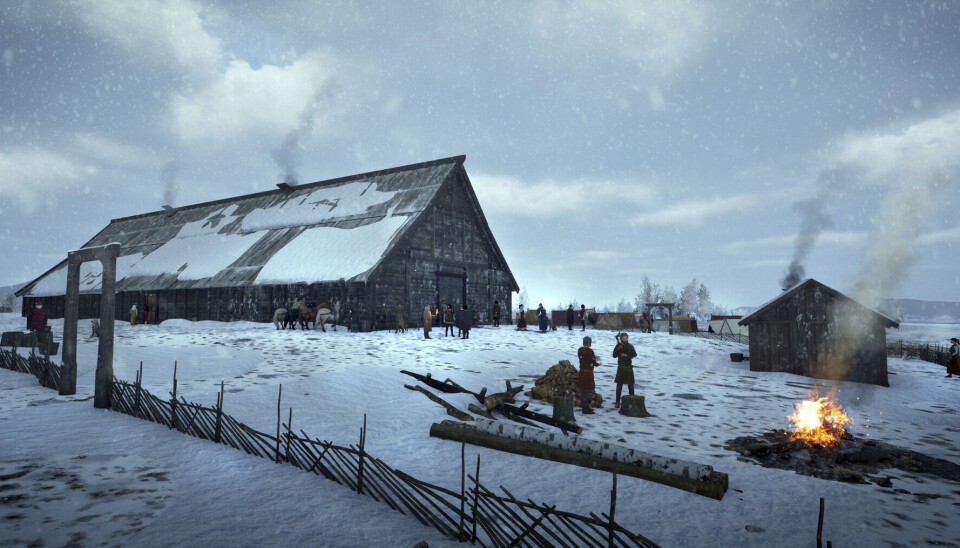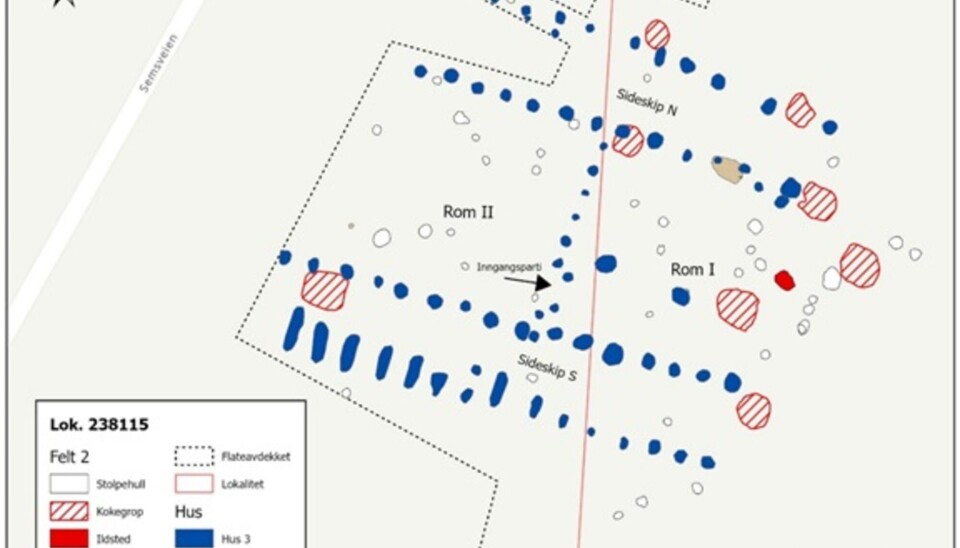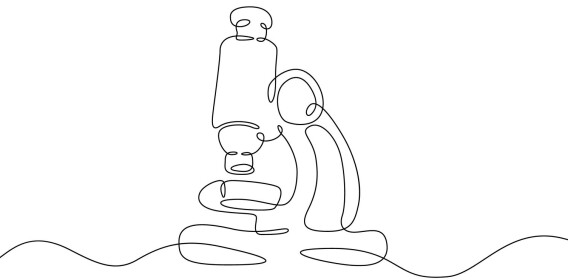Norway was likely home to the largest building in the Nordic region in the 200s
Archaeologists had to double-check, but the conclusion is clear: The unusually large longhouse that once stood in Øvre Eiker was built in the 3rd centure and may have been fit for a king.

There were high expectations for the excavations at Øvre Eiker near Oslo in the summer of 2023, and the archaeologists were not disappointed. They discovered a longhouse with unusually large proportions at Sem. The unique feature of the building that once stood there is its width: It was 16 metres wide, with a 9-metre span between the roof-supporting columns in the central nave. This required beams 9 metres long across the structure.
"We'd have to go back to the 1400s to find something similar, so we initially thought the building was from that period," project leader Jes Martens tells NTB.
He is an associate professor at the University of Oslo's Museum of Cultural History.
However, carbon dating showed that the building was constructed sometime in the 200s – over 1,000 years earlier than they had thought. The archaeologists doubted the dating, but further testing confirmed the age of the structure.
"It was hard to believe. The longhouses previously found from that period were 5-7 metres wide. Such houses would have fit inside this enormous house at Sem, that's how large it is," says Martens.
The largest in the Nordic region
According to Martens, the building is also larger than any known structures from Denmark or Sweden during the same period.
"A building so exceptional must have represented something very special. It's a visible sign of power and great wealth. Could it have been an early royal hall? It's not unthinkable, given its central location in the landscape and abundant access to resources from both land and water," says Martens.
In the 200s, the climate was relatively mild, and water levels were much higher. Large ships could have sail all the way to Sem.
If a king ruled there during the Iron Age – 700 years before Harald Fairhair, traditionally considered the first king of Norway – history might need to be rewritten.
"There are some old Scandinavian texts that mention kings dating back to the time of Christ. These stories have been dismissed as myths, but maybe there’s some truth to them,” says Martens.

Finds from the Roman Empire
Martens highlights several discoveries that support the hypothesis of a Nordic king at Sem. A royal seat might have attempted to unite southern Scandinavia into one realm during Roman times, possibly from a power centre at Sem.
"In Jutland and Funen in Denmark, thousands of weapons and war equipment from this time period have been found, originating from Norway and Sweden. These weapons must have been transported there by an army trying to conquer western Denmark. This army must have been organised from a specific place, and the one who organised them must have had great power and access to vast resources," says Martens.
In a bog near the massive building, a unique find was previously made: the Solberg vase. It is an exceptionally elaborate vase and the only Roman cameo glass vase found outside the Roman Empire. Such a magnificent object must have been owned by powerful individuals and could have been a gift to a king in the north.
“For a long time, people wondered what the Solberg Vase was doing in Norway. Now we might be closer to an answer. It’s always exciting to find sensational discoveries that confirm history, but it’s even more exciting when they give us a new perspective on history,” says Martens.
Hope for more discoveries
The 2023 excavation was funded by the Norwegian Directorate for Cultural Heritage and resulted from collaboration between the Museum of Cultural History, the county municipality, and passionate members of local metal detector clubs.
"The find at Sem is spectacular," says Hanna Geiran. She is the director general of the Directorate for Cultural Heritage, and was present during the initial investigations.
Now archaeologists hope for funding to continue the work. So far, 21 metres of the building's length have been uncovered, but the house likely extends further. Longhouses were typically two to three times longer than their width at that time. The remaining part of the building lies under a road and a field on the other side of the road.
"We've only examined half the house and have many questions. We don't know the purpose of the various rooms and side aisles. We believe answers lie in the other part of the building, which could tell us more about what took place here," says Martens.
———
Translated by Alette Bjordal Gjellesvik
Read the Norwegian version of this article on forskning.no
Related content:

Subscribe to our newsletter
The latest news from Science Norway, sent twice a week and completely free.





































